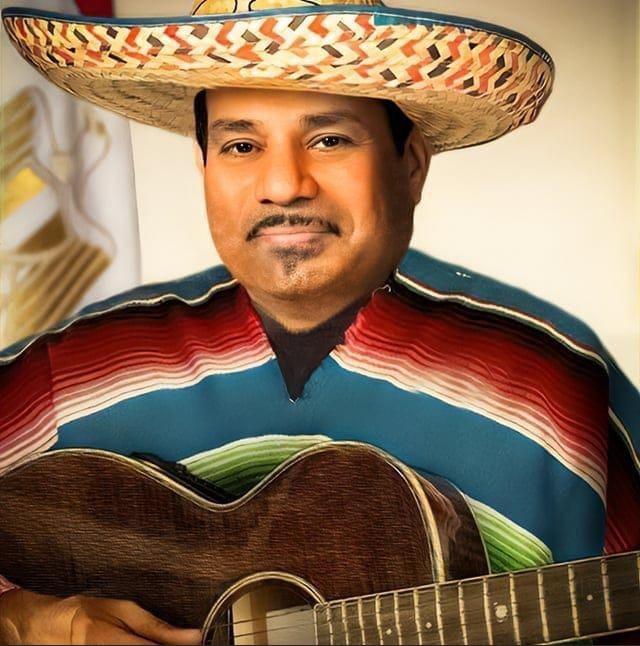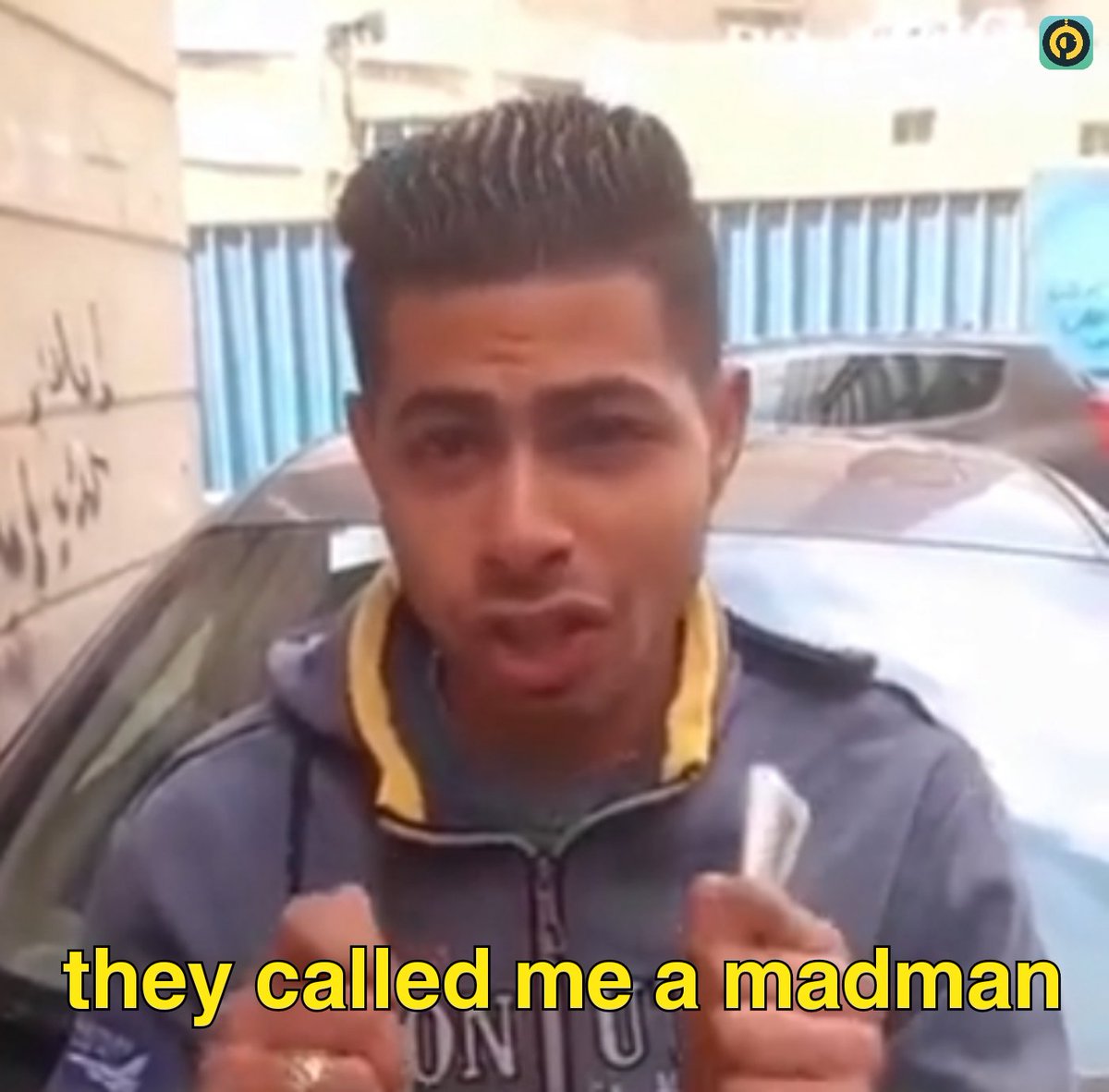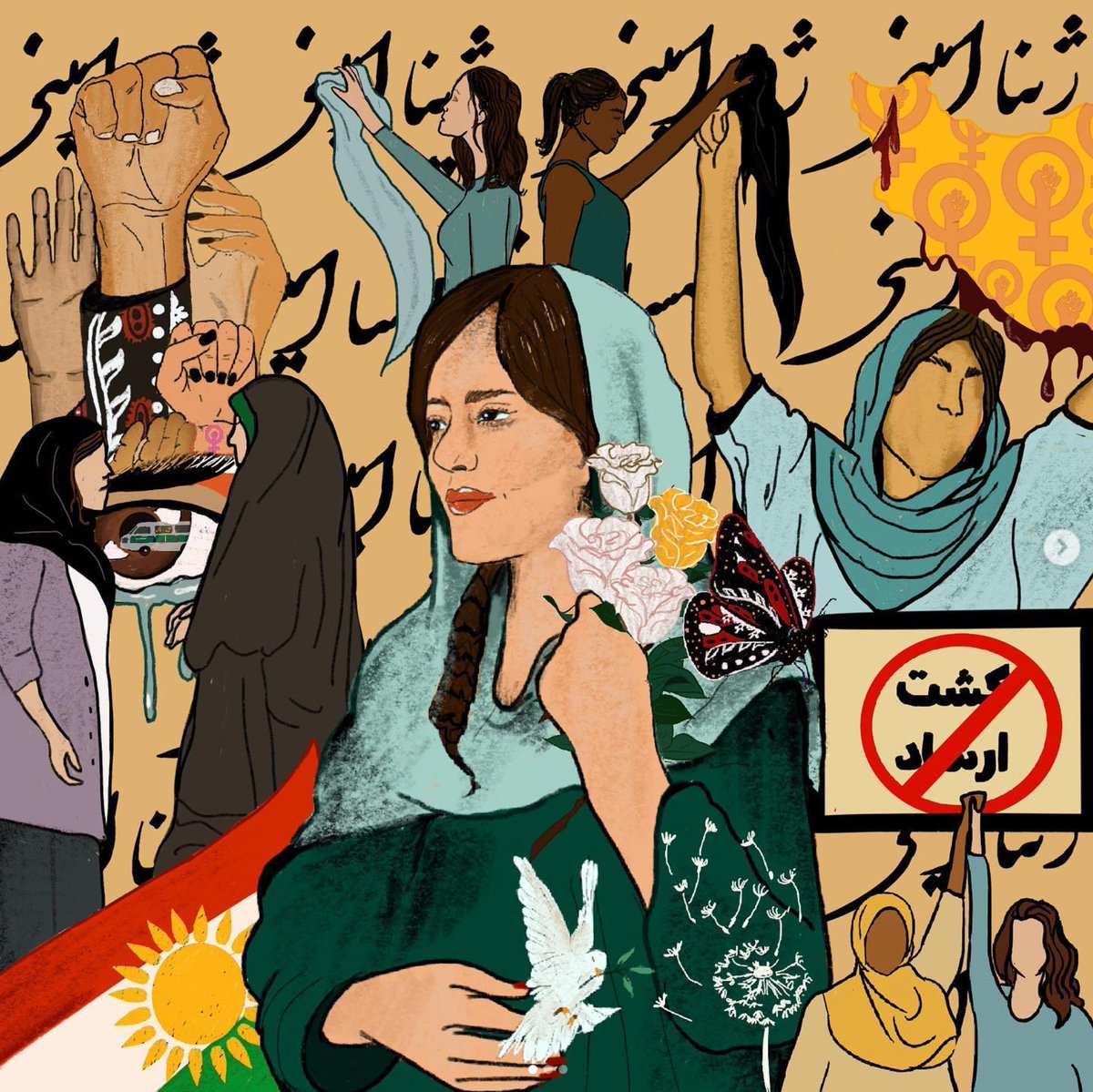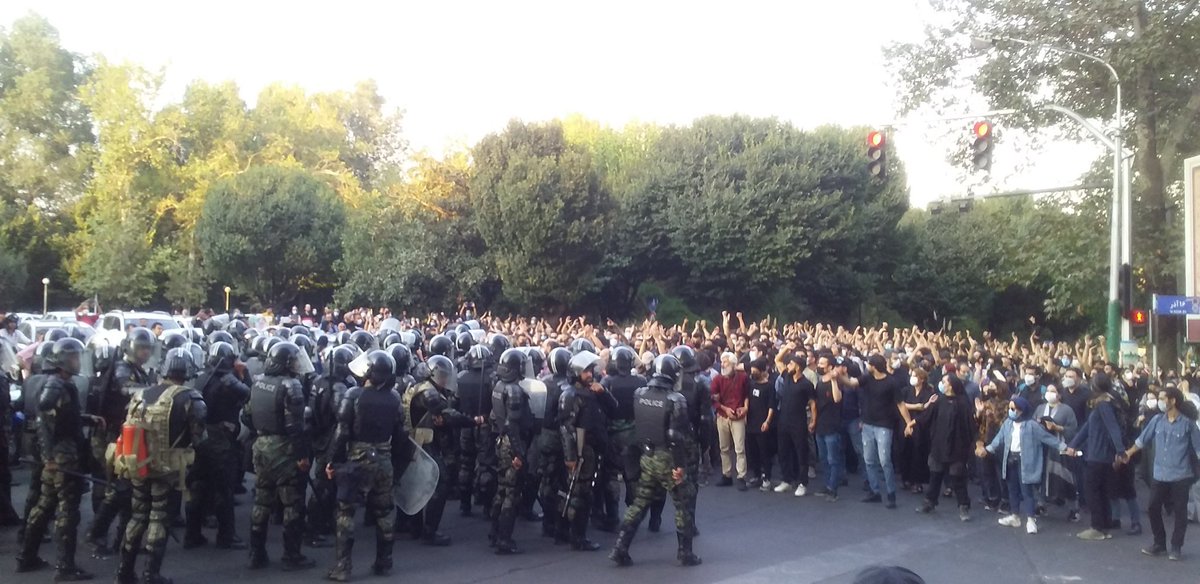Proposed designs for the Palestinian flag, submitted by readers to Filastin magazine amid the 1929 Palestinian Revolt against British colonialism and Zionist incursion.
Arab colors were a constant, and some included the Jaffa orange and/or the Cross and Crescent
THREAD:



Arab colors were a constant, and some included the Jaffa orange and/or the Cross and Crescent
THREAD:
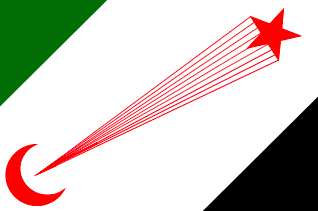
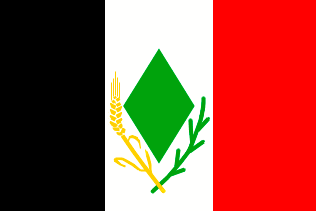


The addition of orange to the Arab colors reflected the importance of the Jaffa orange in Palestine's coasts
The Cross & Crescent, meanwhile, was likely an inclusive Arab response to the Zionist mvmt's use of exclusively Jewish symbols
More info: plaza.ufl.edu/tsorek/article…
The Cross & Crescent, meanwhile, was likely an inclusive Arab response to the Zionist mvmt's use of exclusively Jewish symbols
More info: plaza.ufl.edu/tsorek/article…
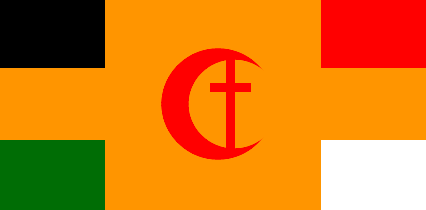
Beginning in the mid-1800s, citrus groves were planted around Jaffa in Palestine's central coast, and became a key prt of local identity and economy.
The famous "Jaffa orange," appropriated by Israel as their own symbol following the mass expulsion of Palestinians in 1948
The famous "Jaffa orange," appropriated by Israel as their own symbol following the mass expulsion of Palestinians in 1948

Arab colors were formulated as a national symbol in the early 20th century.
They're prominent in all proposed versions, linked to Palestinian insistence that their nation was part of the Arab world- and couldn't be cleaved off by British colonialism into someone else's homeland


They're prominent in all proposed versions, linked to Palestinian insistence that their nation was part of the Arab world- and couldn't be cleaved off by British colonialism into someone else's homeland
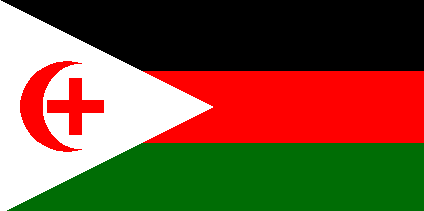

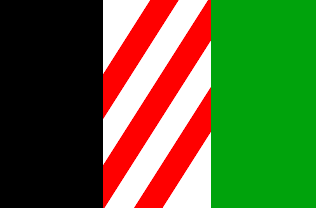
Not all readers of Falastin magazine were content to use the Jaffa orange as a national symbol; this version, submitted by a reader from Nazareth, proposed instead a wheat branch and olive spike, reflecting crops local to his region 
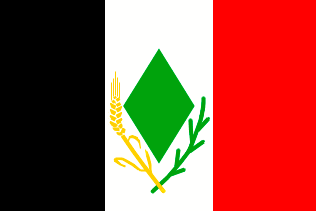
The use of natural symbols to denote the connection between land and nation is not uncommon - consider Lebanon's national flag next door 

This flag, proposed by Elias Hana Rantissi, resembles somewhat the Japanese flag.
He did not see this as a problem - Rantissi noted the similarity, referring to Japan as "a great Eastern nation" and "the pride of the East"
He did not see this as a problem - Rantissi noted the similarity, referring to Japan as "a great Eastern nation" and "the pride of the East"
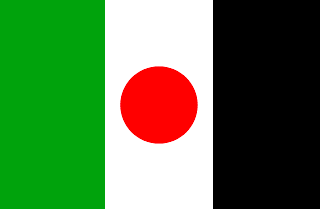
Not sure what's going on exactly with this flag, but it's clear some readers took the opportunity to design flag proposals to be quite creative 
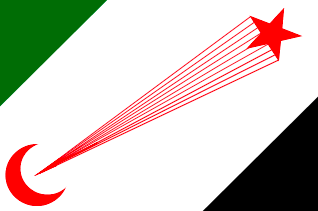
Ultimately, a Palestinian flag was adopted based on the Arab colors, signifying the importance of unity and pan-Arab identity in the struggle to preserve Palestine against Zionist colonization.
And it remains, after decades of occupation, a powerful symbol of national struggle
And it remains, after decades of occupation, a powerful symbol of national struggle

Main source for this information and these photos is this article
"The orange and the ‘Cross in the Crescent’: imagining Palestine in 1929" - Tamir Sorek
plaza.ufl.edu/tsorek/article…
"The orange and the ‘Cross in the Crescent’: imagining Palestine in 1929" - Tamir Sorek
plaza.ufl.edu/tsorek/article…
Flag designs, inspired by the descriptions in the article, are from this website
crwflags.com/fotw/flags/ps!…
crwflags.com/fotw/flags/ps!…
• • •
Missing some Tweet in this thread? You can try to
force a refresh





